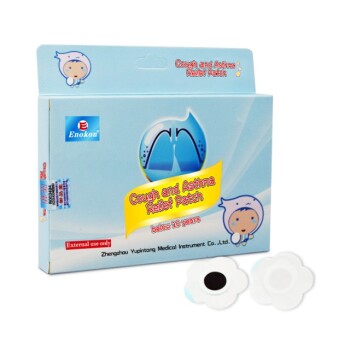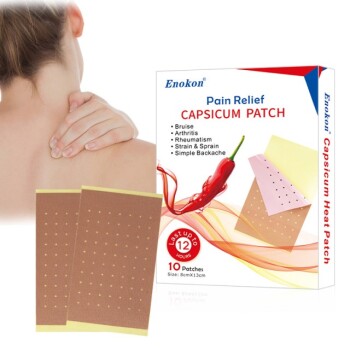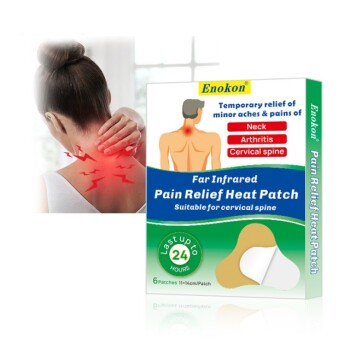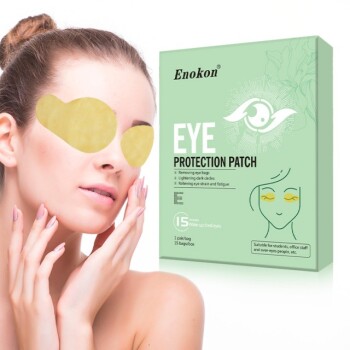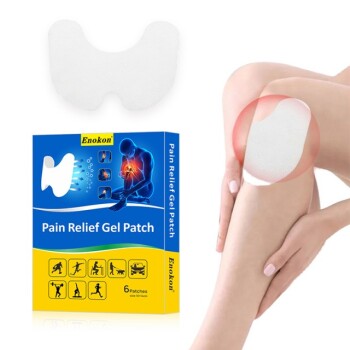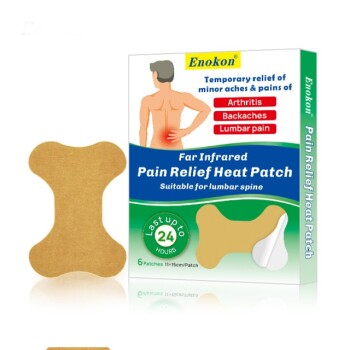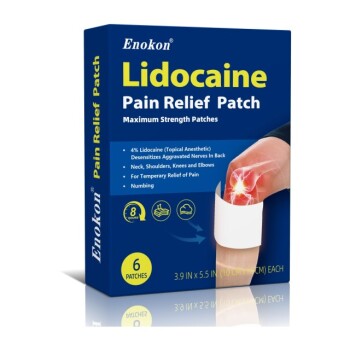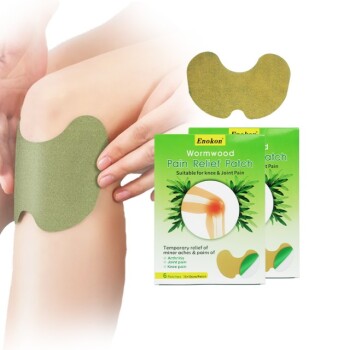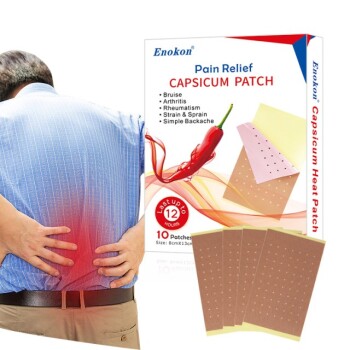The scopolamine patch is an effective transdermal treatment for motion sickness, requiring precise application to ensure optimal drug delivery and minimize side effects. Key steps include applying it to clean, dry skin behind the ear at least 4 hours before travel, ensuring firm adhesion, and replacing it every 3 days if needed. Proper handling (e.g., avoiding touching the adhesive) and hygiene (e.g., washing hands post-application) are critical. The patch should not be trimmed or exposed to water excessively. Rotating ears for new patches prevents skin irritation.
Key Points Explained:
1. Timing of Application
- Apply at least 4 hours before exposure to motion (e.g., before a flight or cruise) to allow drug absorption.
- Effects last up to 72 hours (3 days). For longer trips, replace the patch on the opposite ear after 3 days.
2. Correct Placement
- Location: Behind the ear on hairless, unbroken skin. Avoid irritated or scarred areas.
- Preparation: Clean and dry the skin thoroughly to ensure adhesion. An anti inflammatory patch might share similar placement principles but differs in purpose.
3. Application Technique
- Handling: Hold the patch by edges to avoid touching the adhesive.
- Adhesion: Press firmly for 10+ seconds to secure it. Do not trim or cut the patch.
4. Post-Application Care
- Hygiene: Wash hands immediately after application to prevent accidental drug transfer (e.g., to eyes).
- Water Exposure: Brief contact (e.g., showering) is acceptable, but prolonged water exposure may loosen the patch.
5. Replacement and Rotation
- Every 72 hours: Remove the old patch before applying a new one to the other ear to reduce skin irritation.
- Disposal: Fold used patches adhesive-side in and discard safely to prevent accidental use by others.
6. Safety Considerations
- Side Effects: Dry mouth or drowsiness may occur. Avoid alcohol or machinery operation if drowsy.
- Contraindications: Not recommended for children or those with glaucoma. Consult a doctor for underlying conditions.
By following these steps, users can maximize the patch’s efficacy while minimizing risks—a balance familiar to purchasers of medical adhesives and transdermal systems.
Summary Table:
| Key Step | Details |
|---|---|
| Timing | Apply at least 4 hours before travel; lasts up to 72 hours. |
| Placement | Behind the ear on clean, dry, hairless skin. Avoid irritated areas. |
| Application Technique | Hold by edges, press firmly for 10+ seconds. Do not trim. |
| Post-Application Care | Wash hands immediately; avoid prolonged water exposure. |
| Replacement | Replace every 72 hours; rotate ears to prevent irritation. |
| Safety | Avoid alcohol/machinery if drowsy; not for children or glaucoma patients. |
Need reliable transdermal patches for your healthcare or pharma brand?
At Enokon, we specialize in bulk manufacturing of high-quality transdermal patches and pain plasters, tailored to your needs. Our expertise in custom R&D ensures optimal drug delivery and patient compliance.
Contact us today to discuss your requirements and benefit from our technical solutions!
Related Products
- Asthma Cough and Pain Relief Patch for Adults and Kids
- Capsaicin Chili Medicated Pain Relief Patches
- Far Infrared Deep Heat Relief Patches Medicated Pain Relief Patches
- Herbal Eye Protection Patch Eye Patch
- Mugwort Wormwood Pain Relief Patch for Neck Pain
People Also Ask
- What makes the cough relief patch a convenient option for managing coughs? Fast, Natural Relief On-the-Go
- Are pain relief patches safe for sensitive skin? How to Use Them Safely
- How does capsaicin work in the Reliever Patch? A Drug-Free Solution for Targeted Pain Relief
- How does the far infrared technology in the cough relief patch work? Discover Deep-Penetrating Relief
- What are the key benefits of using the cough relief patch? Fast, Natural Relief for Cough Symptoms
